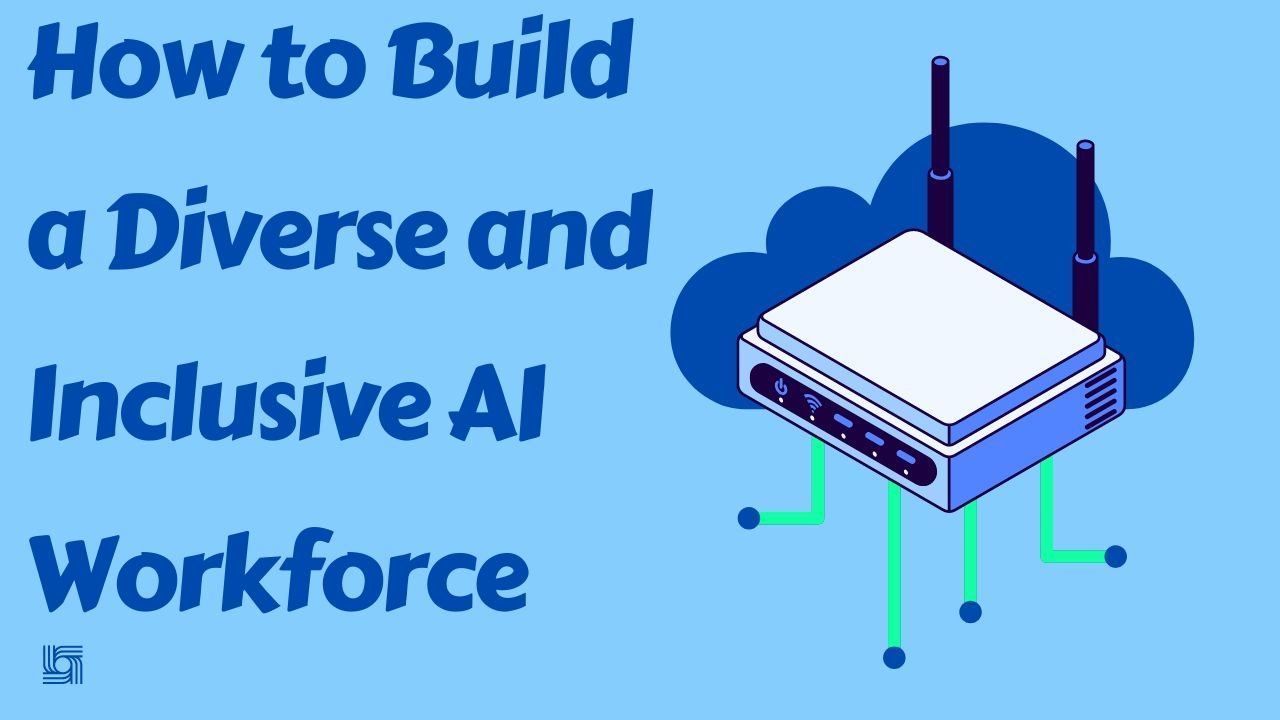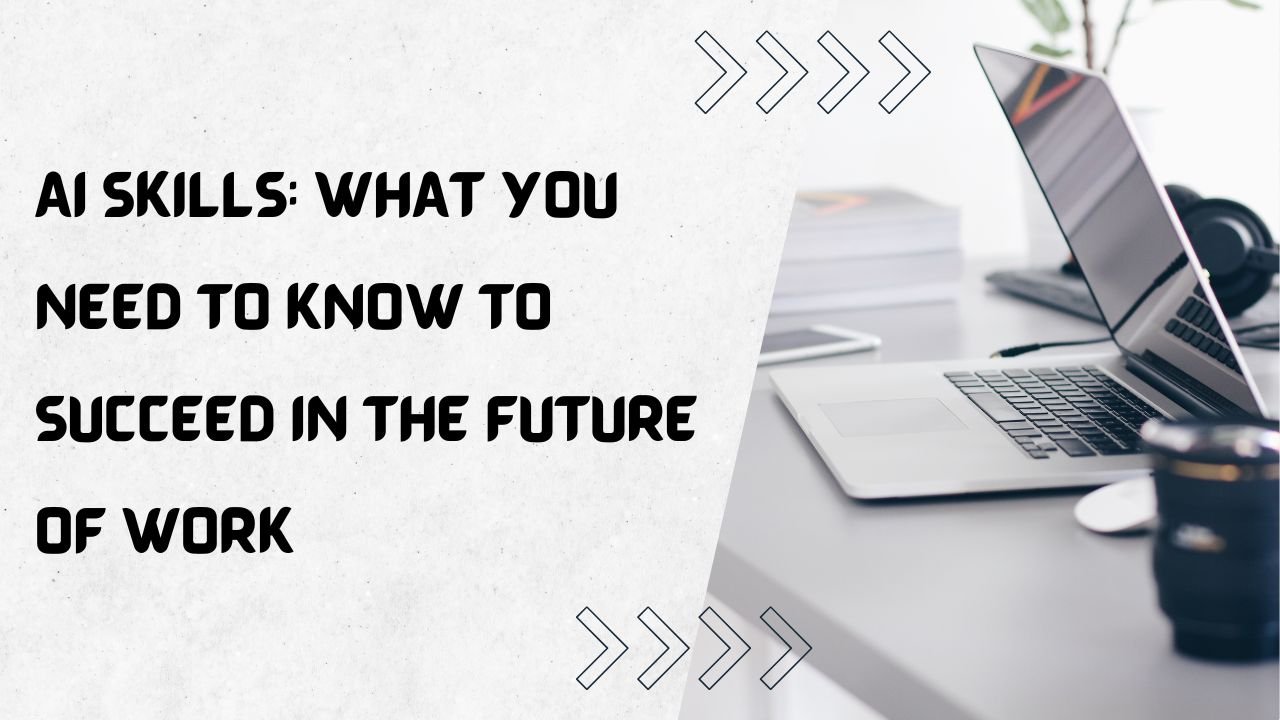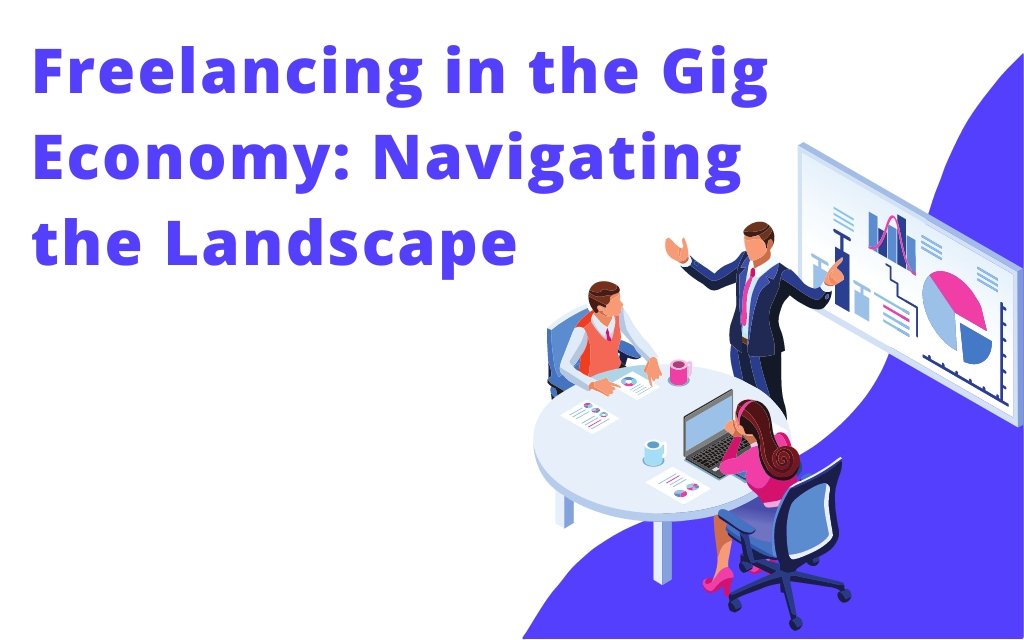How to Build a Diverse and Inclusive AI Workforce
Artificial intelligence (AI) is transforming the world in unprecedented ways, from enhancing healthcare and education to advancing social justice and environmental sustainability. However, to ensure that AI is beneficial for all, it is crucial to have a diverse and inclusive workforce that can design, develop and deploy AI systems that are fair, ethical and representative of the needs and values of different communities.
In this blog post, we will explore why diversity and inclusion are important for AI, what are the current challenges and barriers, and how to build a more diverse and inclusive AI workforce.
Why Diversity and Inclusion Matter for AI
Diversity and inclusion are not only moral imperatives, but also strategic advantages for AI. Having a diverse and inclusive AI workforce can:
- Enhance creativity and innovation: A diverse team can bring different perspectives, experiences and ideas to the table, fostering a culture of creativity and innovation. A diverse team can also challenge assumptions, biases and stereotypes, leading to more novel and original solutions.
- Improve quality and performance: A diverse team can better understand the needs, preferences and expectations of different users, customers and stakeholders, resulting in more relevant, useful and user-friendly AI products and services. A diverse team can also avoid or mitigate potential risks, errors and harms that may arise from biased or discriminatory AI systems.
- Increase trust and credibility: A diverse team can increase the trust and credibility of AI systems by ensuring that they are transparent, accountable and respectful of human rights and values. A diverse team can also foster a more positive and inclusive image of AI, enhancing its social acceptance and adoption.
What are the Current Challenges and Barriers
Despite the benefits of diversity and inclusion, the AI workforce remains largely homogeneous and exclusive. According to a recent report by the World Economic Forum, only 22% of AI professionals globally are women, and only 14% are from underrepresented groups. Moreover, there is a significant gap in the representation of women and minorities in leadership positions, decision-making roles and influential forums in the AI field.
- Lack of awareness and education: Many people are unaware of the opportunities and benefits of pursuing a career in AI, or lack the necessary skills, knowledge and resources to do so. There is also a lack of effective outreach, mentorship and guidance programs that can inspire and support underrepresented groups to enter and advance in the AI field.
- Lack of access and opportunity: Many people face structural and systemic barriers that limit their access and opportunity to participate in the AI workforce. These include socio-economic factors, such as poverty, discrimination, violence, lack of infrastructure, health care, education etc., as well as institutional factors, such as policies, regulations, norms, cultures etc., that create or reinforce inequalities and exclusions.
- Lack of representation and inclusion: Many people feel unwelcome or marginalized in the AI workforce due to the prevailing culture, climate and practices that favor certain groups over others. These include stereotypes, biases, prejudices, microaggressions etc., that undermine the dignity, respect and belonging of underrepresented groups. There is also a lack of recognition, appreciation and empowerment of the contributions and perspectives of diverse individuals.
How to Build a More Diverse and Inclusive AI Workforce
Building a more diverse and inclusive AI workforce requires concerted efforts from multiple stakeholders across different levels. Some of the possible actions that can be taken are:
- Raise awareness and education: Increase the awareness and education of the public about the importance, potential and impact of AI on society. Provide accessible and engaging learning opportunities and resources for people from different backgrounds and abilities to acquire and enhance their skills and knowledge in AI. Create and support outreach, mentorship and guidance programs that can inspire and encourage underrepresented groups to pursue and excel in AI careers.
- Provide access and opportunity: Remove or reduce the structural and systemic barriers that prevent or limit people from accessing and participating in the AI workforce. Provide equal and equitable opportunities for people from different backgrounds and abilities to enter, advance and thrive in the AI field. Ensure fair and inclusive policies, regulations, norms, cultures etc., that enable and support diversity and inclusion in the AI workforce.
- Foster representation and inclusion: Promote and celebrate the representation and inclusion of diverse individuals in all aspects of the AI workforce. Ensure that diverse voices, perspectives, experiences, values etc., are heard, respected, acknowledged, incorporated etc., in the design, development and deployment of AI systems. Create a positive, safe and supportive environment that fosters dignity, respect, belonging, collaboration etc., for all members of the AI workforce.
Conclusion
Diversity and inclusion are essential for creating AI systems that are beneficial for all. By building a more diverse and inclusive AI workforce, we can unleash the full potential of AI to solve the most pressing challenges and opportunities of our time. Let us work together to make AI a force for good.




